Search
Search Results

Video
Health Care and Epidemics in Antiquity: The Example of Ancient Mesopotamia
June 26, 2006 Walter Farber, Professor of Assyriology, University of Chicago From the "Epidemics Then & Now: Infectious Diseases Around the World," the 2006 University of Chicago Summer Institute for Educators. Co-sponsored by the Center...
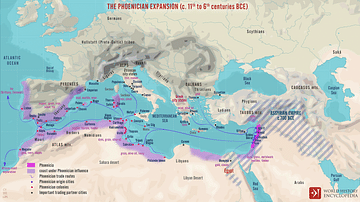
Teaching Material
Phoenician Maritime Trade and Cultural Exchange
This lesson plan has two parts. During the first part, students will watch a video introducing the Phoenicians and answer the questions on Worksheet #1. In the second part, students will participate in a trading simulation activity which...
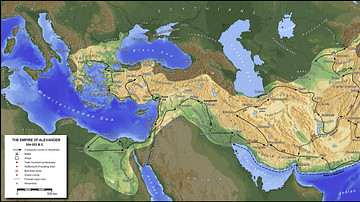
Article
Cultural links between India & the Greco-Roman world
Cyrus the Great (558-530 BCE) built the first universal empire, stretching from Greece to the Indus River. This was the famous Achaemenid Dynasty of Persia. An inscription at Naqsh-i-Rustam, the tomb of his able successor Darius I (521-486...
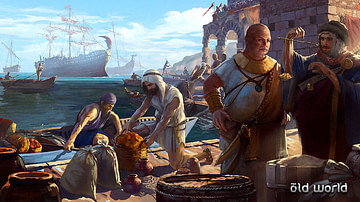
Article
Indian Ocean Trade before the European Conquest
Finding a maritime route to the East and gaining access to the lucrative spice trade stood at the root of the European Age of Exploration. However, when Vasco da Gama rounded the Cape of Good Hope and reached the Indian Ocean in 1493, he...
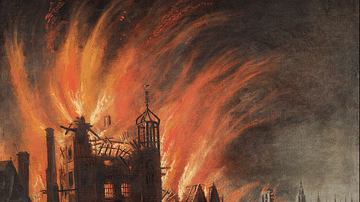
Image
The Great Fire of London, with Ludgate and Old St. Paul's
A c. 1670 anonymous painting titled The Great Fire of London, with Ludgate and Old St. Paul's. The Great Fire of London ravished the English capital in September 1666 destroying over 13,000 buildings. (Yale Center for British Art, Yale University...
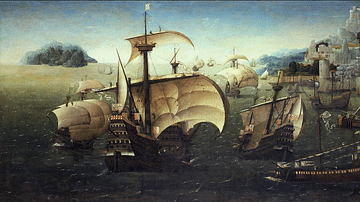
Article
The Spice Trade & the Age of Exploration
One of the major motivating factors in the European Age of Exploration was the search for direct access to the highly lucrative Eastern spice trade. In the 15th century, spices came to Europe via the Middle East land and sea routes, and spices...
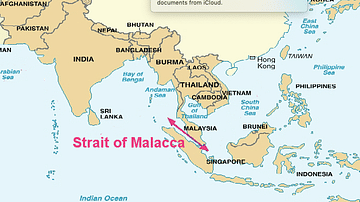
Definition
Portuguese Malacca
The Portuguese colonised Malacca (modern Melaka) on the southwest coast of the Malay peninsula from 1511 and kept it until 1641 when the Dutch took over. The port controlled the Malay Straits which lead from the Indian Ocean (the Andaman...
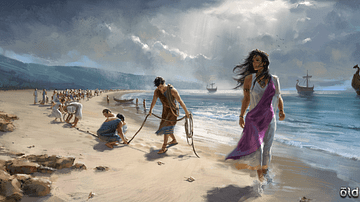
Article
Partnership with Mohawk Games
We are pleased to announce that we have entered into a partnership with Mohawk Games a games company that shares our goal of engaging people with ancient history. Mohawk Games has just published Old World, a historical strategy game about...
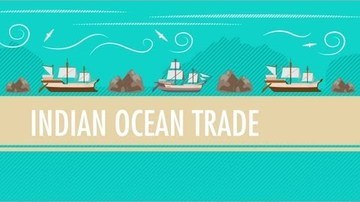
Video
Int'l Commerce, Snorkeling Camels, and The Indian Ocean Trade: Crash Course World History #18
In which John Green teaches you the history of the Indian Ocean Trade. John weaves a tale of swashbuckling adventure, replete with trade in books, ivory, and timber. Along the way, John manages to cover advances in seafaring technology, just...
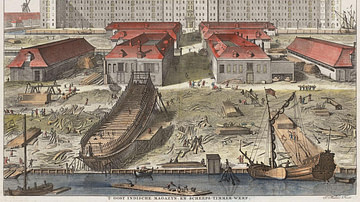
Definition
Dutch East India Company
The Dutch East India Company (VOC) was formed in 1602 by the Staten-Generaal (States General) of the then Republic of the Seven United Netherlands. The company was granted a 21-year charter with rights to trade exclusively in Asia and to...